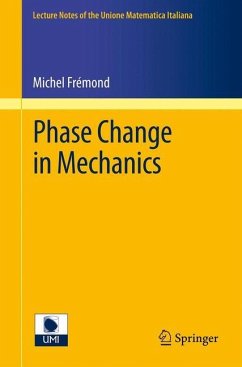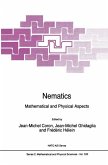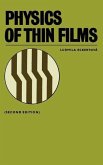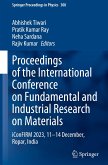Predictive theories of phenomena involving phase change with applications in engineering are investigated in this volume, e.g.solid-liquid phase change, volume and surface damage, and phase change involving temperature discontinuities. Many other phase change phenomena such as solid-solid phase change in shape memory alloys and vapor-liquid phase change are also explored.Modeling is based on continuum thermo-mechanics. This involves a renewed principle of virtual power introducing the power of the microscopic motions responsible for phase change. This improvement yields a new equation of motion related to microscopic motions, beyond the classical equation of motion for macroscopic motions. The new theory sensibly improves the phase change modeling. For example, when warm rain falls on frozen soil, the dangerous black ice phenomenon can be comprehensively predicted. In addition, novel equations predict the evolution of clouds, which are themselves a mixture of air, liquid water and vapor.
From the reviews:
"These lecture notes present some predictive theories of phenomena involving phase changes with applications in engineering, within the framework of continuum thermo-mechanics. The author investigates some solid-liquid phase changes, volume and surface damage, and phase changes involving temperature discontinuities. ... this is a valuable contribution to the phase change theory in continuum mechanics, excluding polar and non-local constitutive behaviour, and it is recommendable to engineers and researchers interested in the field." (M. Cengiz Dökmeci, Zentralblatt MATH, Vol. 1253, 2013)
"These lecture notes present some predictive theories of phenomena involving phase changes with applications in engineering, within the framework of continuum thermo-mechanics. The author investigates some solid-liquid phase changes, volume and surface damage, and phase changes involving temperature discontinuities. ... this is a valuable contribution to the phase change theory in continuum mechanics, excluding polar and non-local constitutive behaviour, and it is recommendable to engineers and researchers interested in the field." (M. Cengiz Dökmeci, Zentralblatt MATH, Vol. 1253, 2013)








